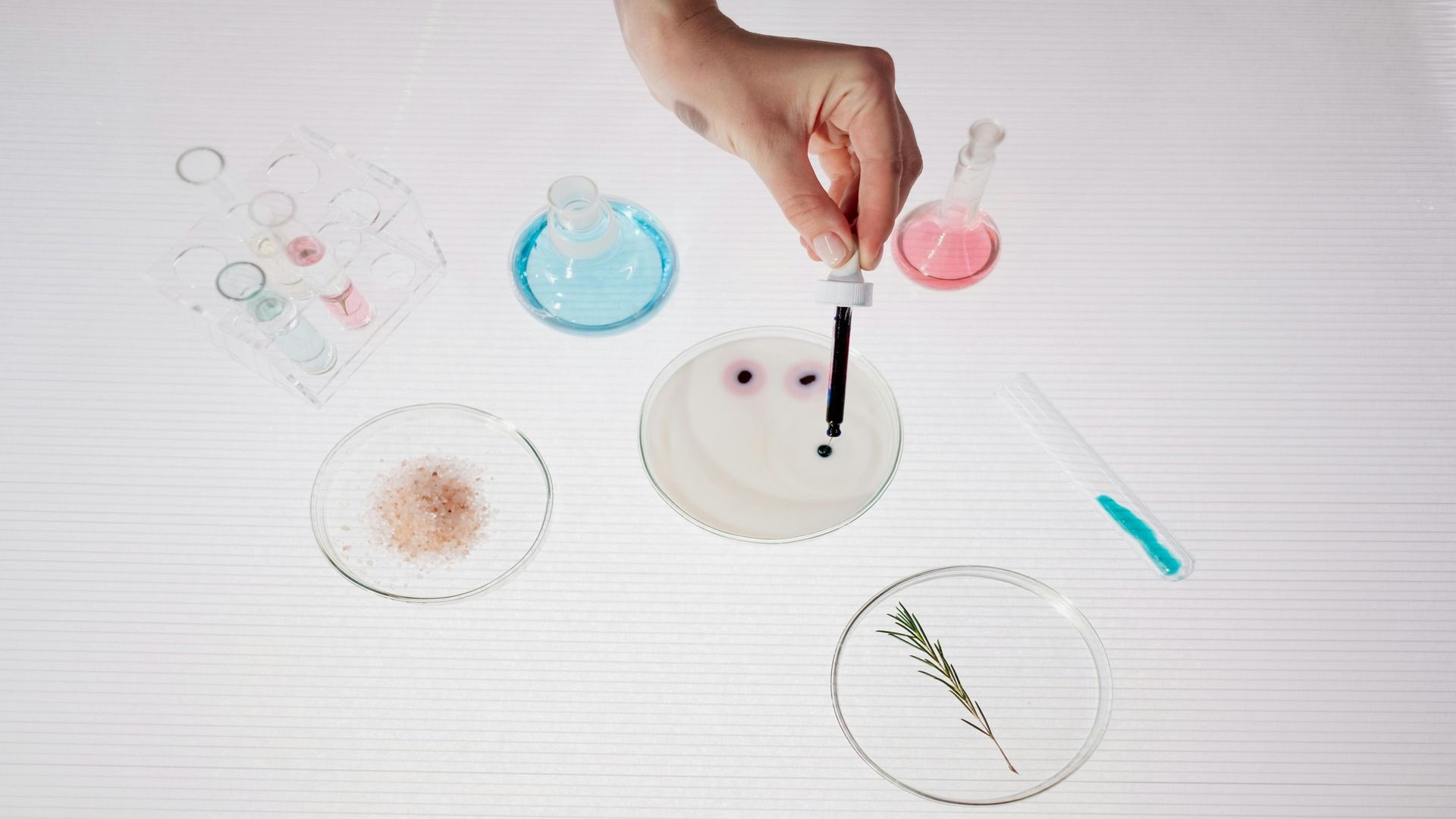Second Trimester Screening Ultrasound and Blood Tests Explained

Sarah Johnson, MD

Routine Tests
You continue to have urine tested for protein, sugar, and infection indicators at every doctor's appointment. Both your blood pressure and weight are taken by the physician or nurse.
The sounds of your baby's heart and the measurement of your fast expanding belly are more exciting.
Fundal height. At each visit, your doctor will measure the height of your uterus (fundal height). This helps verify the baby's growth.
Fetal heart tones. Your doctor can probably hear a fetal heart tone using a hand-held ultrasound device.
better with Soula

Support for every woman:
✅ A Personalized Plan to reduce anxiety and overthinking
✅ 24/7 Emotional Support whenever you need it Cycle-Aligned Mental Health Tracking — monitor your mood and symptoms in sync with your period
✅ Real-Time Insights into your energy levels and emotional state
✅ Bite-Sized Exercises to help you return to a calm, balanced state — anytime, anywhere
Ultrasounds
Sonograms, as they are often known, are typically provided around week 20, though they can be done at any point in the pregnancy. There are several reasons why a sonogram might be recommended, such as confirming the due date, looking for multiple fetuses, or assessing issues like placenta previa or delayed fetal growth. Many parents also explore how ultrasound fits into broader prenatal care, including perspectives covered in materials on second-trimester testing.
You could occasionally be referred to a specialist for additional genetic testing if results seem suspicious of a genetic issue — something often discussed in resources devoted to genetic analysis during pregnancy.
A device that transmits sound waves across the abdomen projects an image of the uterus and fetus onto a monitor. Newer three-dimensional sonograms can provide a more detailed visual, though their advantages over traditional imaging remain debated. For anyone looking at how ultrasounds are typically used throughout pregnancy, the overview of ultrasound indications and timing gives a clear picture.
A Doppler ultrasonography exam measures blood flow through a blood vessel using sound waves. This helps determine whether the placenta and fetus are receiving normal circulation.
Glucose screening
This is a normal test for pregnancy-induced diabetes, which can cause large infants, difficult deliveries, and health complications for both you and your baby. It is usually performed at 24 to 28 weeks. An hour after drinking a special glucose beverage, your blood sugar level is checked. If the result is high, you’ll undergo a more sensitive glucose-tolerance test, where blood is taken over several hours after fasting.
Optional Screening for Birth Defects
Your doctor may recommend additional screening for birth problems during the second trimester, particularly if you are older than 35 or have a family history of birth defects. Depending on your risk factors and earlier test results, your provider will outline the most appropriate next steps. Some families find it helpful to compare these options with what’s typically offered during first-trimester screening.
Emotional reactions to testing can vary widely. For those who feel overwhelmed, practices like scream therapy are sometimes explored as a way to release tension.
And whenever the process becomes too stressful, gentle support tools like Mental Health AI for Female Wellbeing can help you stay grounded while navigating decisions throughout pregnancy.














